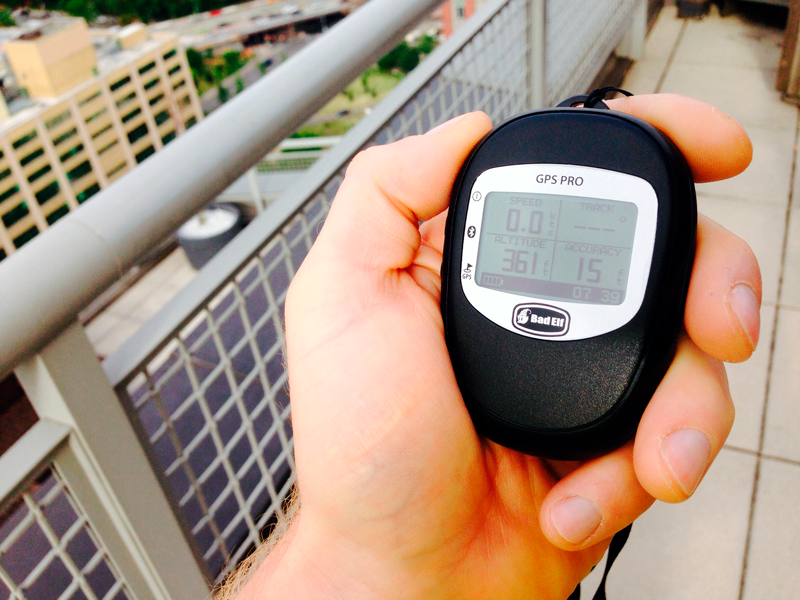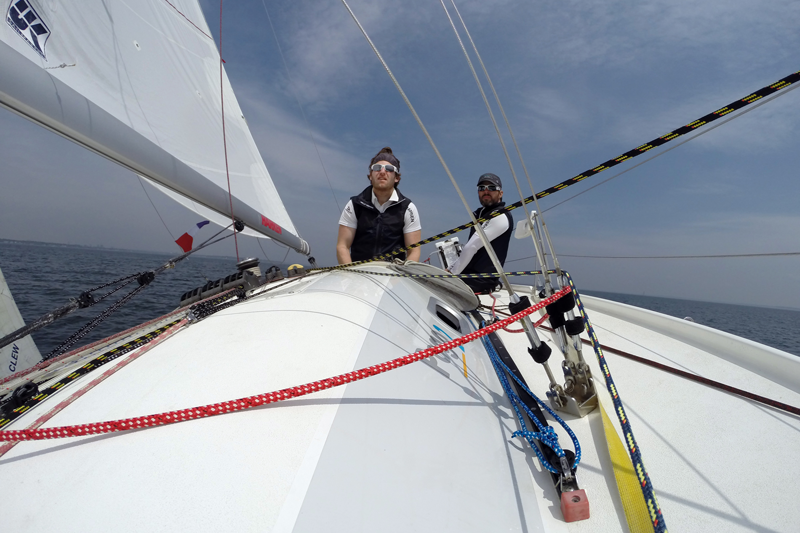I'm unexcited to report that Abilyn will not be participating in this year's Around Long Island Regatta. I'd love to blame this on life and work just getting in the way, but that's simply not the case. Up until a couple of days ago, I expected to be in California for "real work." But that's not what's causing me to miss the regatta. The issue is that I failed to plan for the contingency that my "real work" would be pushed off (more than a mere possibility in my line of work) and thus failed to plan for the race. This included failing to give potential alternate co-skippers (Sam is out of the country) more than a moment's notice to decide if they wanted to come aboard as guest co-skipper for the race.
As they say, prior proper planning prevents piss poor performance. But prior proper planning sometimes prevents you from even having the opportunity to perform, as is the case here. Yes, I could probably get to the start line. But I'm loath to rush. And it wouldn't be safe. So we learn from our mistakes, and move forward. It's all we can do if we want to get shit done, and be happy. Yes, I quoted Kanye West.
I am happy to report, however, that Josh Owen, skipper of Frogger (USA 702), a Manuard-designed Tip Top Mini, will be representing the Minis in this regatta. Frogger has a chance to do well considering the forecasted conditions, which call for relatively light breeze, but predominantly reaching conditions. I've personally slicked along at 6.7 knots of boat speed in about 7 knots of breeze at 100 degrees TWA with a reaching kite up, and I know Josh can do the same. He also has the benefit of a Code Zero, which is a key weapon for cracked off, light air sailing. We wish Josh well, and will be tracking Frogger along with the rest of the fleet at the Kattack Live site.
As I mentioned to my wife (who was encouraging me to try to do this regatta, even last minute), the ocean doesn't close. Being able to do something like the Bermuda 1-2 is about time on the water and miles, not how many races you enter. Take VOR teams Alvimedica and Abu Dhabi as an example; while Team Brunel and Team SCA recently sailed in the Marina Rubicon Round Canary Islands Race, Alvimedica and Abu Dhabi squared up for an unofficial race across the Atlantic, clocking up another 3,000 miles of training and added experience.
We're focused on miles, and are planning to crush some (phrase stolen from Josh Owen...not sure if I like it) in the next couple months--although nothing in terms of VOR miles. Let's be real. First on our list is what we hope will be a 300-mile training exercise that will combine legs from ALIR, Vineyard Race, Around Block, and the Offshore 160 in what hopefully will be a hell of a long-weekend training session. Although we won't cross an ocean, we'll sail through three sounds and a small chuck of ocean, and will finish in New York Harbor. See below.
Maybe ol' Fortenbaugh will let us tie up on the cheap at North Cove upon our return. After all, I was a decent fleet captain at Manhattan Sailing Club back in the day.
As we build toward this offshore exercise, we'll be out on the water, continuing to practice and hone our skills. Hope to see you out there (if you're not already sailing in ALIR).

























